
Peugeot 308 Hatchback engines, drive and performance
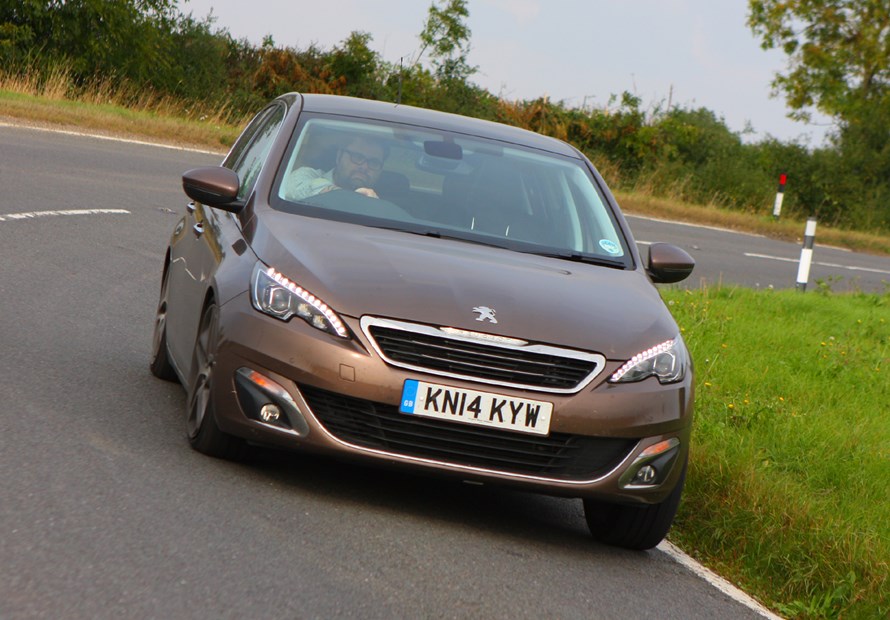
- Wide range of petrol and diesel engines to choose from
- No hybrid or electric versions with improved efficiency
- Hot GTi version provides plenty of thrills
There’s a huge amount of choice here (providing you don’t want a hybrid or electric car), with three petrol and three diesel engines, ranging from 110hp to 262hp.
Mainstream petrol engines
There are two power options and both of them are centered around Peugeot’s fabulous 1.2-litre, three-cylinder PureTech motor. It’s one of our favourite three-cylinder cars on the market thanks to impressive refinement and a slightly larger displacement (many three-cylinder units are 1.0-litre), which makes it more muscular at low revs.
The entry-level PureTech 110 version has 110hp, 205Nm of torque and a manual gearbox, resulting in 11.1 seconds 0-62mph and a top speed of 117mph. It works well in the 208 but feels a bit stretched in the larger 308, although offers almost diesel-like running costs for low-mileage motorists.
Better is the PureTech 130 version, with 131hp and 230Nm of torque for a 9.1-second 0-62mph time. You can also select an automatic gearbox although this is about half a second slower over the benchmark sprint. Both top out at around 127mph.

On the move, the PureTech 130 three-cylinder petrol engine is as lively as ever, and is much more refined in the 308 than in something like a DS 3 or Citroen C3. It’s a relaxed motorway cruiser, but the fun factor is a bit limited due to a very vague-feeling manual gearbox that responds better to slow, considered gearchanges than speedy ones.
The engine in our car felt more characterful and rewarding on a windy road than the fuller-fat GT. It needs to be kept on the boil with lots of gear changes but is a more involving experience for it. There’s lots of grip from the big wheels and an overwhelming feeling that you’re going a lot faster than you should in a car with a 1.2-litre engine.
Wide range of frugal diesel engines
There’s more choice here largely because in 2017 Peugeot introduced a 1.5-litre BlueHDi engine that replaced the 1.6-litre motor. Bottom of this range is the 1.5-litre 101hp BlueHDi 100, which packs 250Nm of torque and accelerates the slowest of all options here, taking 11.5 seconds to get from 0-62mph and maxing out at 116mph.
The puncher 1.5-litre BlueHDi 130 with 131hp seems a better bet, with a burlier 300Nm of torque and faster 0-62mph time – 9.8 seconds for the manual and 9.4 for the auto. Top speed for the manual is 127mph and 128mph for the automatic. This is going to be the best all-rounder out of the diesel engines, but we were hoping for a little more response and eagerness considering those headline figures. This engine just doesn’t quite deliver all of its performance as readily as some may expect.
Finally, there’s a 2.0-litre BlueHDi 180 (177hp) with torque swelling to 400Nm and comes as an automatic only. There’s a 140mph top speed and an 8.4-second 0-62mph time.
Sporty 308 GTi 260 by Peugeot Sport
Topping the range is the 262hp GTi 260 by Peugeot Sport, which uses a more powerful version of the same 1.6-litre THP engine found in the THP 225. Peak torque of 340Nm is available from 2,100rpm, allowing this 308 to sprint from 0-62mph in just 6.0 seconds, progressing on to a top speed of 155mph.
The GTi’s throttle response can be sharpened further by pressing the Sport button near the gearlever – GT versions have this feature as well, although the affect is less noticeable.
Gearboxes
No surprise to find that the 308’s available with both manual and automatic gearboxes. All models come with a six-speed manual and while it’s an easy thing to use, it doesn’t set any benchmarks in terms of precision or enjoyment. The gear lever is slightly too tall, the shift action is a bit notchy and the lever’s movement into each gear can feel a bit vague, but it certainly does the job.
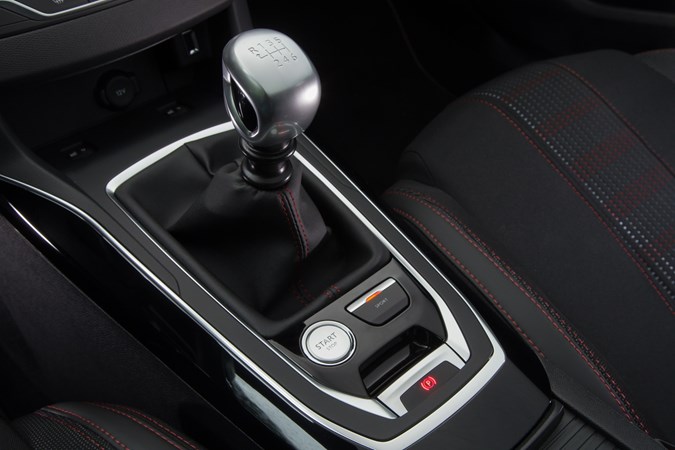
An eight-speed automatic, introduced in 2017, is much better than the previous six-speed option available, but is limited to the higher-powered engines.
Discontinued Peugeot 308 engines
The 1.6-litre THP petrol engine was previously sold in 125hp and 155hp guises. The more powerful petrol is nippy around town, easily able to cruise on motorways and keeps up with the faster-moving traffic without difficulty. On more twisty back roads we needed to change gear more frequently to keep the engine in its torquier power band, though.
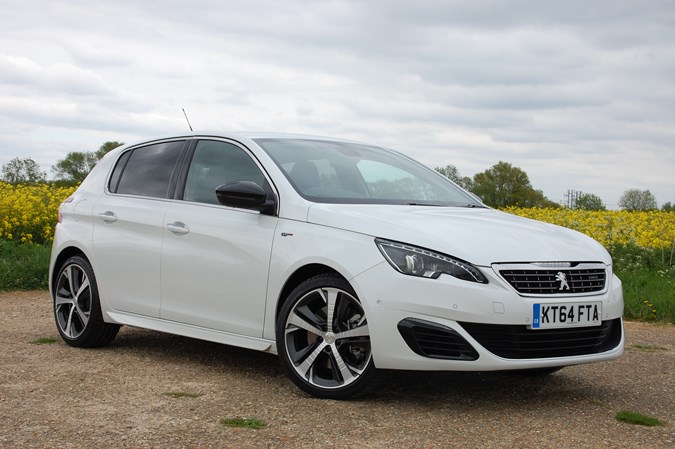
A higher-performing 1.6-litre, 205hp THP turbo engine delivers the requisite briskness buyers expect from hotter hatchbacks, propelling the 308 GT up to 146mph. It’s a torquey motor too, with 285Nm available from just 1,750rpm, ensuring overtaking manoeuvres are quickly and safely dispatched; the sprint from 0-62mph takes 7.5 seconds.
What’s conspicuous by its absence is much in the way of aural drama – it doesn’t sound like a car that’s trying to excite you. Peugeot offers a remedy by synthesising an engine noise through the GT’s speakers in Sport mode – the problem is it sounds too fake, as though you’re listening to a sports car on the radio.
As a stepping stone to the full-fat GTi, the 1.6-litre THP 225 petrol was available in GT spec, with 224hp and a manual gearbox. With 285Nm of torque on tap, it hits 0-62mph in 7.4 seconds and tops out at 146mph. It feels as fast as these figures suggest, responding quickly and smoothly, yet quiet enough when driving normally.
Peugeot also initially offered the 308 GTi with a slightly detuned version of the same turbocharged 1.6-litre petrol engine in the GTi 270, but this 250hp version was dropped in order to focus on the more successful higher-powered car from 2017. In response to more stringent WLTP emissions testing in the middle of 2018, the GTi 270 was subsequently altered to become the current GTi 260.
The engine certainly impresses. A healthy 330Nm of torque is available from just 1,900rpm, so there’s a real sense of urgency when you floor the throttle – it’ll go 0-62mph in just 6.2 seconds and onto a top speed of 155mph.
It’s a very flexible engine, too. There’s power on tap in all gears and the GTi changes from relaxed motorway cruiser to exciting sports car in an instant. The only thing lacking from the engine is a spine-tingling soundtrack to go with the performance. What you get is more of a dull grumble than wailing engine note. The gearbox is precise, but with quite a long throw it doesn’t feel as engaging as some of its competitors.
.jpg)
A 1.6-litre e-HDi diesel with 115hp was also sold – this doesn’t offer a huge amount of punch low down in the rev range, but builds quickly to provide good overtaking ability and high speed cruising. Thanks to weight saving over the prevous model, the familiar 115hp 1.6-litre e-HDi engine enjoys an economy boost with claimed efficiency figures of 78.5mpg and CO2 emissions of 95g/km.
This 2.0-litre BlueHDI 150 diesel engine produces 150hp and 370Nm of torque – with the latter on stream from just 2,000rpm – allowing for an official 0-62mph time of just 8.9 seconds and a top speed of 132mph. It emits just 105g/km and claims to return over 70mpg on the combined cycle, even if it returned over 50mpg during our time of testing. It’s a relatively smooth engine too, while its mid-range punch ensures it always feels pleasantly brisk.
The six-speed automatic version available with this engine is quicker on paper, with the 0-62mph sprint achieved in 8.6 seconds. This feels quicker than it sounds and the auto gearbox and engine work well together, creating seamless gearchanges, except for the odd occasion when the car is warming up.
Handling
- Comfortable yet assured handling
- Composed with sharp steering
- GTi is very rewarding to drive
Another area of significant improvement, compared to the previous generation is how the 308 handles. Helping here is a 140kg weight reduction, roughly the equivalent of two passengers, and the car is significantly more agile as a result. It’s fun to drive, with light steering and manageable body roll in the corners.
This agility is accentuated by the small steering wheel which requires less turning action to get the car to change direction.
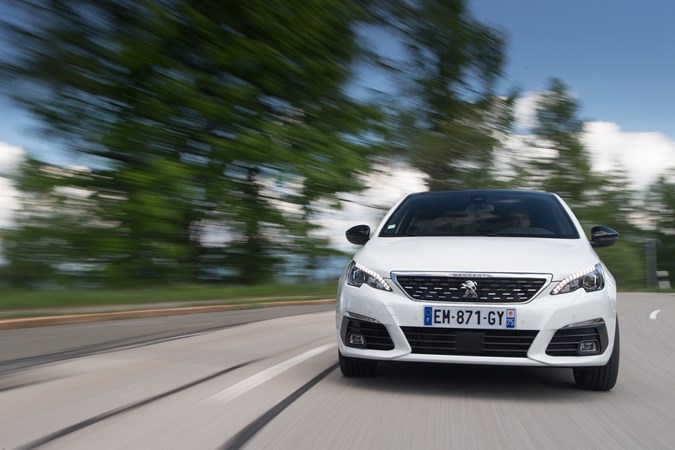
The suspension is also impressive, providing a compliant ride and smoothing out bumpy surfaces without a lot of roll when cornering, although the ride on larger wheels can feel unsettled, with larger bumps in the road really upsetting the car’s composure. It certainly is a noticeable improvement over the previous-generation 308, though if you prefer a car that is sharper to drive and don’t mind a harder ride there are other cars that can deliver that.
What also impressed was hard braking while turning into a corner, which did not upset the car and we always felt very much in control.
For most though, it’s a balanced set-up, but isn’t as well-rounded as a VW Golf or Hyundai i30 when it comes to comfort and handling.
Impressively agile 308 GTi
For the ultimate in Peugeot 308 handling prowess you’ll want the full-fat GTi 260 by Peugeot Sport. It comes fitted with a Torsen limited-slip differential that sends torque to the front wheel with the most traction to pull you out of corners, powerful 380mm Alcon front brake discs that offer strong retardation, and sticky 19-inch Michelin Pilot Super Sport tyres.
The differential works incredibly well in corners, but on a damp road you can find the steering wheel tugging left and right under acceleration. This coupled with the small steering wheel means you end up having to work quite hard to keep it going in a straight line.
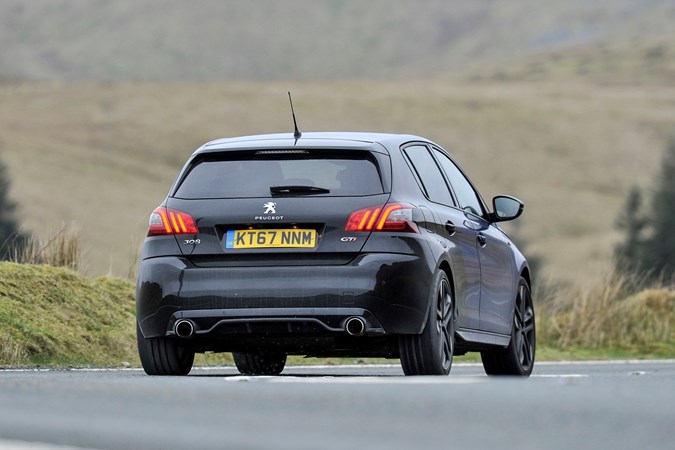
It’s this that comes to define the way the 308 handles – you pitch the front end into a corner using the fast, reactive steering and the tyres grip hard, allowing the car to hold its line with confidence.
The steering takes a little getting used to though. The feeling through the wheel isn’t entirely natural as the diff tends to tug both your hands and the nose of the car left and right under power, but these aggressive, mechanical sensations are all part of the experience. It’s very direct, but the combination of this and the small steering wheel means you’ll find yourself turning into a corner a bit too hot until you get used to the set-up. Once you’ve mastered it though, you’re rewarded with a nimble-feeling car that makes very swift progress.
A Golf GTI with the Performance pack, which adds a similar differential along with power and brake improvements atop the standard car, manages the transition between softer road-going family vehicle and screaming hot hatch far better, but you feel a little less involved in the process. The 308’s mechanical parts haven’t changed during the facelift, though.



.jpg)
















.jpg)
.jpg)
.jpg)
.jpg)
.jpg)
.jpg)
.jpg)
.jpg)
.jpg)
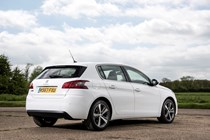













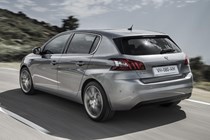
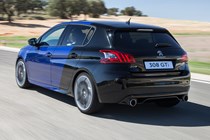



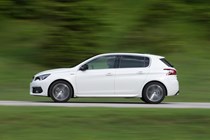


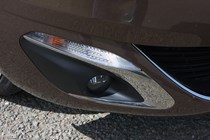
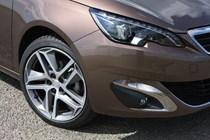
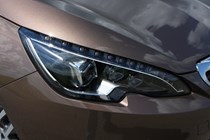


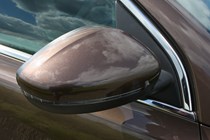



.jpg)
.jpg)
.jpg)
.jpg)
.jpg)
.jpg)
.jpg)
.jpg)
.jpg)
.jpg)
.jpg)
.jpg)

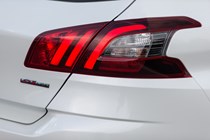
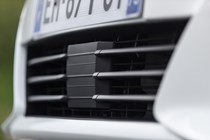


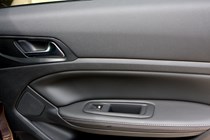
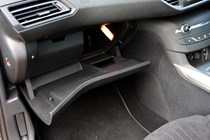

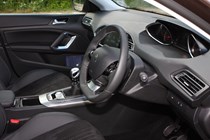
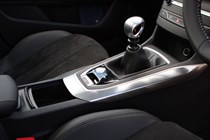



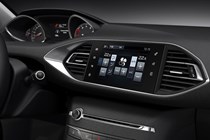
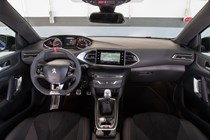
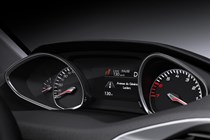

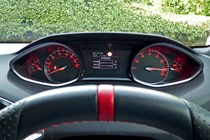
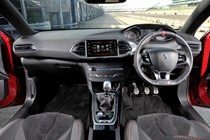
.jpg)
.jpg)
.jpg)
.jpg)
.jpg)
.jpg)
.jpg)
.jpg)
.jpg)
.jpg)
.jpg)
.jpg)
.jpg)
.jpg)
.jpg)
.jpg)
.jpg)
.jpg)
.jpg)
.jpg)
.jpg)
.jpg)
.jpg)
.jpg)
.jpg)
.jpg)
.jpg)
.jpg)
.jpg)




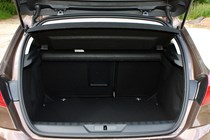


.jpg)

.jpg)
.jpg)
.jpg)
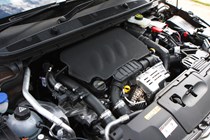
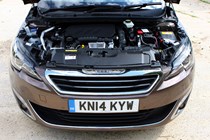
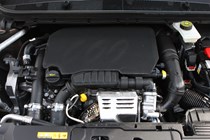
.jpg)
.jpg)
.jpg)

.jpg?quality=50)
















.jpg?quality=50)
.jpg?quality=50)
.jpg?quality=50)
.jpg?quality=50)
.jpg?quality=50)
.jpg?quality=50)
.jpg?quality=50)
.jpg?quality=50)
.jpg?quality=50)































.jpg?quality=50)
.jpg?quality=50)
.jpg?quality=50)
.jpg?quality=50)
.jpg?quality=50)
.jpg?quality=50)
.jpg?quality=50)
.jpg?quality=50)
.jpg?quality=50)
.jpg?quality=50)
.jpg?quality=50)
.jpg?quality=50)



















.jpg?quality=50)
.jpg?quality=50)
.jpg?quality=50)
.jpg?quality=50)
.jpg?quality=50)
.jpg?quality=50)
.jpg?quality=50)
.jpg?quality=50)
.jpg?quality=50)
.jpg?quality=50)
.jpg?quality=50)
.jpg?quality=50)
.jpg?quality=50)
.jpg?quality=50)
.jpg?quality=50)
.jpg?quality=50)
.jpg?quality=50)
.jpg?quality=50)
.jpg?quality=50)
.jpg?quality=50)
.jpg?quality=50)
.jpg?quality=50)
.jpg?quality=50)
.jpg?quality=50)
.jpg?quality=50)
.jpg?quality=50)
.jpg?quality=50)
.jpg?quality=50)
.jpg?quality=50)







.jpg?quality=50)

.jpg?quality=50)
.jpg?quality=50)
.jpg?quality=50)



.jpg?quality=50)
.jpg?quality=50)
.jpg?quality=50)